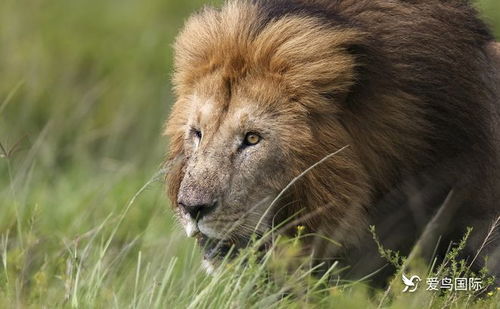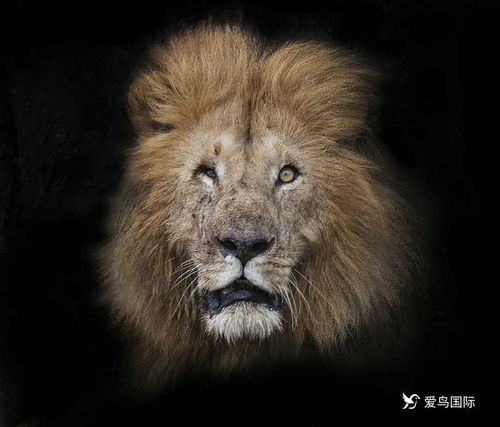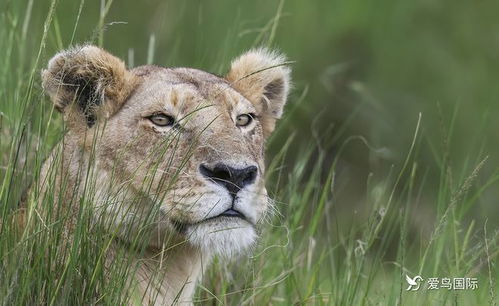
Lion Panthera leo: A Detailed Multidimensional Introduction
The lion, scientifically known as Panthera leo, is one of the most iconic and majestic creatures on Earth. With its powerful physique, striking mane, and regal presence, the lion has captured the imagination of people across cultures and continents. In this article, we will delve into various aspects of the lion, exploring its habitat, behavior, diet, and conservation status.
Habitat

The lion is native to Africa and Asia, although its range has significantly diminished over the years. Today, lions are primarily found in sub-Saharan Africa, with scattered populations in the Gir Forest National Park in India and a few isolated groups in the Middle East. These majestic creatures thrive in a variety of habitats, including savannas, grasslands, woodlands, and even dense forests.
| Region | Habitat |
|---|---|
| Africa | Savannas, grasslands, woodlands, and forests |
| Asia | Grasslands and woodlands |
| Middle East | Deserts and arid regions |
Behavior

Lions are social animals that live in groups called prides. A pride typically consists of related females, their cubs, and a few dominant males. The females are primarily responsible for hunting and raising the cubs, while the males protect the pride and compete for mating rights. Lions are known for their powerful roars, which can be heard up to five miles away. These roars serve various purposes, including communication, territorial marking, and scaring off predators.
One of the most fascinating aspects of lion behavior is their hunting strategy. Lions often work together in groups to take down large prey, such as wildebeest, zebra, and antelope. They use their strength, agility, and teamwork to outmaneuver and overpower their prey. Lions are also known for their ability to live in harmony with other predators, such as hyenas and cheetahs, although they occasionally compete for food.
Diet

The lion is a carnivorous predator that primarily feeds on large herbivores. Their diet includes a variety of animals, such as wildebeest, zebra, giraffe, and antelope. Lions are opportunistic feeders and will also consume smaller animals, such as birds, reptiles, and insects, if available. On average, a lion consumes about 5-7 kilograms of meat per day, depending on the size of the prey and the availability of food.
Conservation Status
The lion is currently classified as “Vulnerable” on the IUCN Red List of Threatened Species. Over the past few decades, lion populations have declined by approximately 43% due to habitat loss, human-wildlife conflict, and poaching. The loss of habitat is primarily caused by the expansion of human settlements and agricultural activities, which lead to the fragmentation of lion habitats and reduce their access to food and water sources.
Human-wildlife conflict is another significant threat to lions. As human populations increase, so does the risk of conflict between humans and lions, particularly in areas where lions prey on livestock. This conflict often leads to the killing of lions by local communities, further contributing to their decline.
Efforts are being made to conserve lion populations and their habitats. These include the establishment of protected areas, anti-poaching initiatives, and community-based conservation programs. However, the future of the lion remains uncertain, and continued efforts are needed to ensure the survival of this magnificent species.
In conclusion, the lion Panthera leo is a fascinating and important species that plays a crucial role in its ecosystem. By understanding the various aspects of lion behavior, habitat, and conservation, we can appreciate the significance of these majestic creatures and work towards their protection for future generations.





